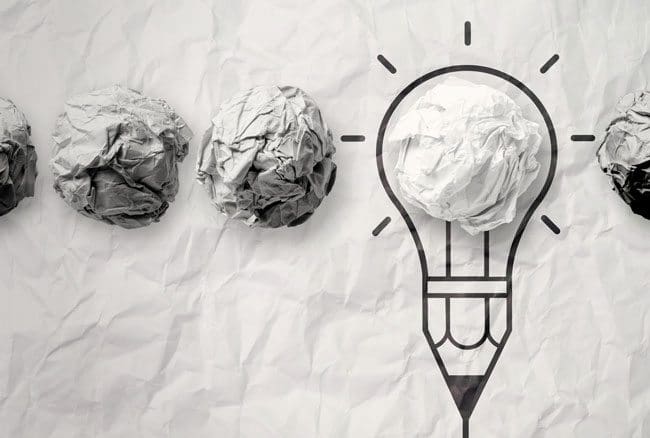Running a productive brainstorming session is an art form–it can also be the most productive fun that you’ll ever have, says inc.com. Here Geoffrey James gives his top tips for making the most out of brainstorming sessions.
1. Only invite brains. Every organisation consists of two general types of people: a) those who agree with the boss all the time and b) those who have their own ideas and opinions. The Yes-men and Yes-women only spout regurgitated pap, so don’t invite them.
2. No wet blankets. Among the opinionated at your company, there are probably some whose opinions are usually negative. They’ll come in handy later when you’re sorting through the ideas, but but they’re not useful when you’re generating them.
3. Suspend your judgment. To be an effective brainstorming leader, you must not just squelch your natural tendency to judge ideas and people, but approach all ideas–even ones that normally might seem lame–with a sense of wonder and possibility.
4. Welcome “bad” ideas. If you’re brainstorming, the dumbest thing you can do is characterize an idea as “bad.” Yes, there are bad ideas, but they’re the fertiliser out of which good ideas grow.
5. Go for quantity. The object of brainstorming is to get as many of ideas on the table as possible in as short a time as possible. There will be plenty of time later to sort through the ideas and decide which are worth pursuing.
6. Get everyone all wired up. Two magic words: 1) caffeine 2) sugar. Apply in large doses before and during the session.
7. No electronics. No laptops, no phones, no exceptions. Keep track of ideas by writing them on a flip-chart and taping the pages to the walls.
8. Keep it short. When it comes to brainstorming meetings, the terms “long” and “productive” are an oxymoron. Think 15 to 20 minutes. The moment everyone’s energy starts to flag, end the meeting before the storm turns into a dull drizzle.
9. Sleep on it. It’s often (usually!) the idea that seemed crazy at first that turns out to be the most useful. Use the passage of some time to get perspective and only then consider and sort out the ideas that were generated.


